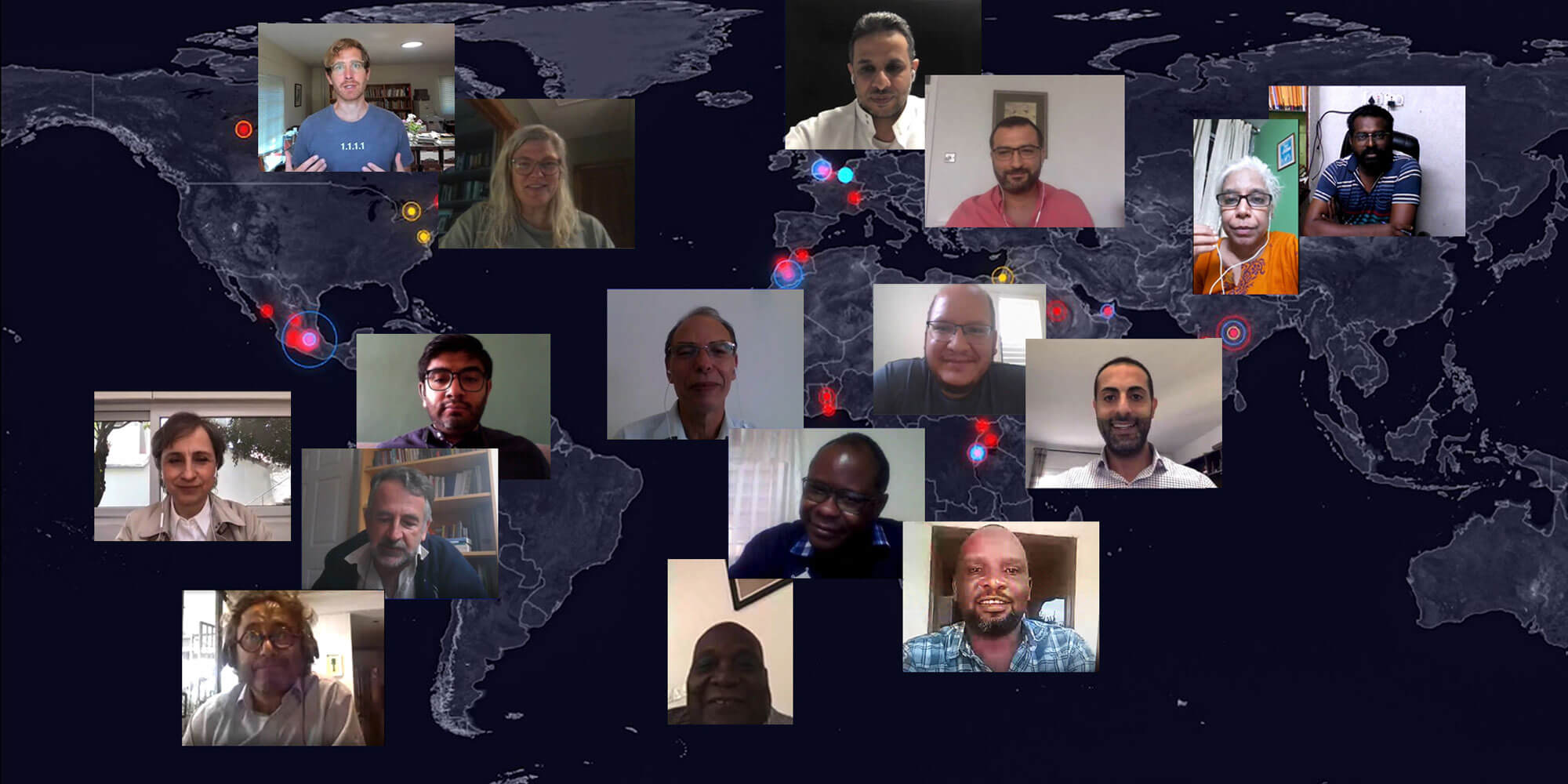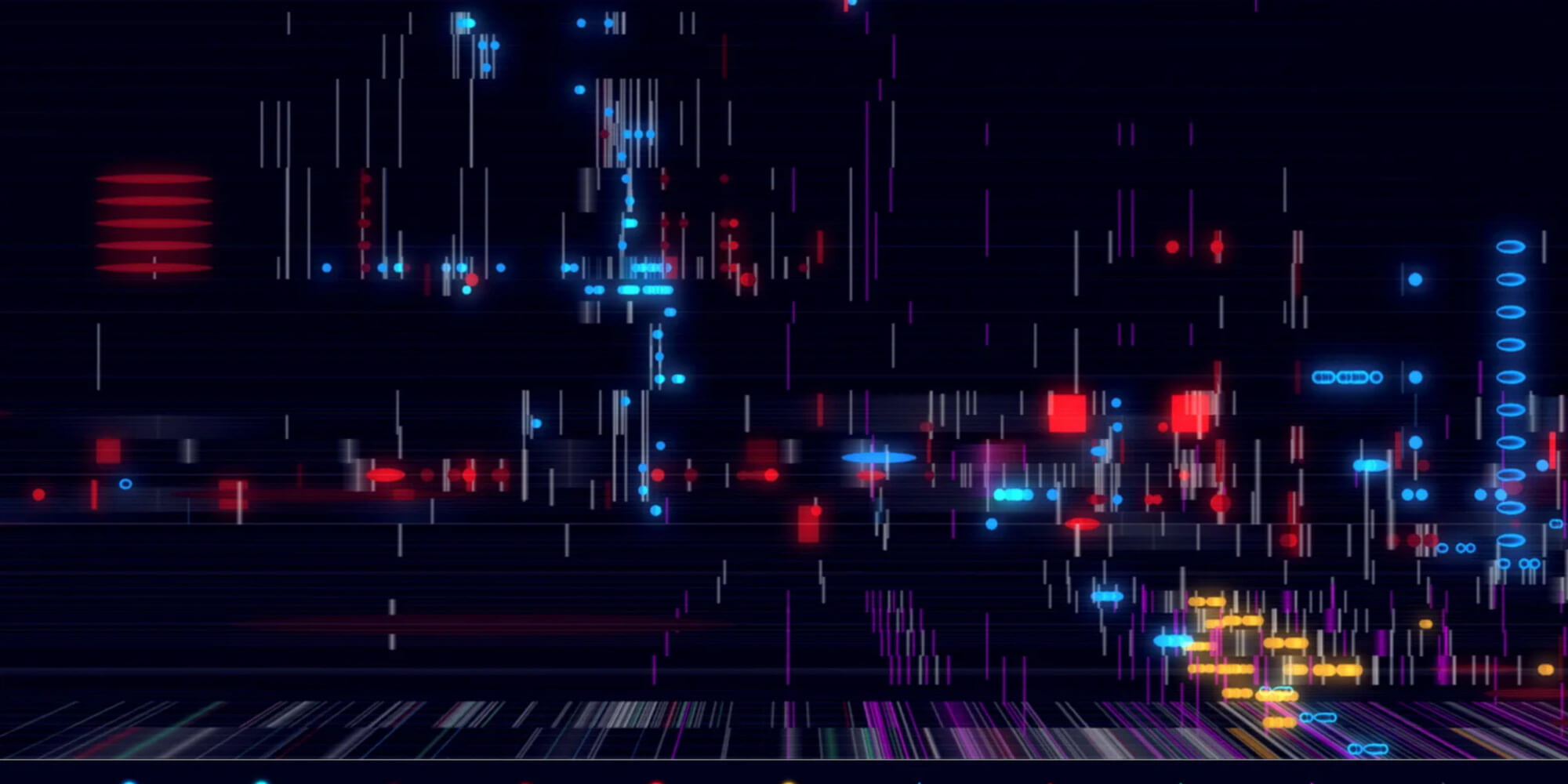Honorary Mention
https://www.digitalviolence.org/
This project maps the use of the malware Pegasus, developed by the Israeli cyber-weapons company NSO Group, against activists, journalists, and human rights defenders worldwide. To elucidate the extent of its reach and impact, we produced a navigable digital platform, video investigations recounting the stories of individuals targeted with Pegasus, a sonic representation of collected data, and a video investigation presenting new research into the web of corporate affiliations within which NSO Group is nested.
Our project took shape during lockdown, and while reliance on remote communication made us all the more vulnerable to monitoring, a dispersed community of practice also began forming across borders and continents. We joined forces with filmmaker Laura Poitras to speak with targeted activists from Saudi Arabia, the UAE, Morocco, India, Palestine, Rwanda, Mexico, and Togo, and engaged investigators from The Citizen Lab and Amnesty International, along with famed whistleblower Edward Snowden and musician Brian Eno, to map the global landscape of cyber-surveillance.
Based on two years of open source research, the near-two-thousand datapoints within the resulting matrix convey information about export licences, alleged purchases, digital infections, and events in the physical world such as the intimidation, assault, defamation and murder of individuals reportedly targeted. Collectively, this data reveals patterns within the ways that Pegasus is weaponized against its targets and effectively extends the reach of state power to at once digitally target human rights dissenters in exile and physically target their colleagues and families still residing in their home countries. With Digital Violence, Forensic Architecture has for the first time mapped NSO-related activities worldwide, demonstrating new correlations between digital and real-world violence, and revealing the manner in which digital infection moves like a contagion within networks of collaboration and personal affiliation.

Credits
Forensic Architecture in collaboration with Laura Poitras/Praxis Films
Forensic Architecture Team:
Eyal Weizman, Shourideh C. Molavi, Nathan Su, Lola Conte, Zac Ioannidis, Sergio Beltrán-García, Natalia Orendain, Riley Cavanaugh, Lachlan Kermode, Nour Abuzaid, Ariel Caine, Christina Varvia, Robert Trafford, Elizabeth Breiner
Data Sonification: Brian Eno
Narration: Edward Snowden
Editing Assistance: Sarah Su (Sound), Bethany Edgoose (Video)
With support from:
The Citizen Lab, Amnesty International
Additional Support:
Eyebeam Center for the Future of Journalism, CyberPeace Institute
https://vimeo.com/561276293
https://vimeo.com/568474572
https://vimeo.com/561278207
Biography
Forensic Architecture (FA) is a research agency based at Goldsmiths, University of London, investigating human rights violations committed by states, police forces, militaries, and corporations using pioneering spatial and architectural analysis and open source investigation techniques. FA works in partnership with institutions across civil society, from grassroots activists and legal teams to international NGOs and media organisations, to carry out investigations with and on behalf of communities and individuals affected by conflict, police brutality, border regimes, and environmental violence.
Jury Statement
When most people think of weapons used in human rights violations and the conflict zones where they happen, the images that often come to mind are of tanks, bombs, missiles, or guns in locations far away from home. But as the research agency and investigative art collective Forensic Architecture has shown with this platform, contemporary societies are now threatened by an invisible, complex, and borderless kind of violence deeply tied to the massive scale of real-time surveillance, enabled by spyware that can spread across billions of so-called “smart” devices: digital violence. In order to address this rapidly growing threat, it is key for everyone interested in addressing human rights violations, from journalists to lawyers, to have tools to better understand how these digitally-driven forms of violence operate and to collectively observe, analyze, and discuss the hidden connections between events, victims, their stories, geopolitical shifts, and power circles across time and territories. Through their evolving architectural analysis and digital modelling techniques, as well as their interdisciplinary collaborations with artists, whistleblowers, activists, journalists, and academic researchers, Forensic Architecture has been able to create an inspiring large-scale, open, and sophisticated artistic-legal resource on top of a robust yet accessible set of evidence, achieving what great art does best: making visible the invisible and translating complexity into clarity while challenging power structures and holding them accountable.



